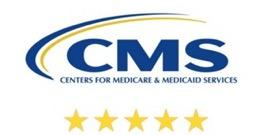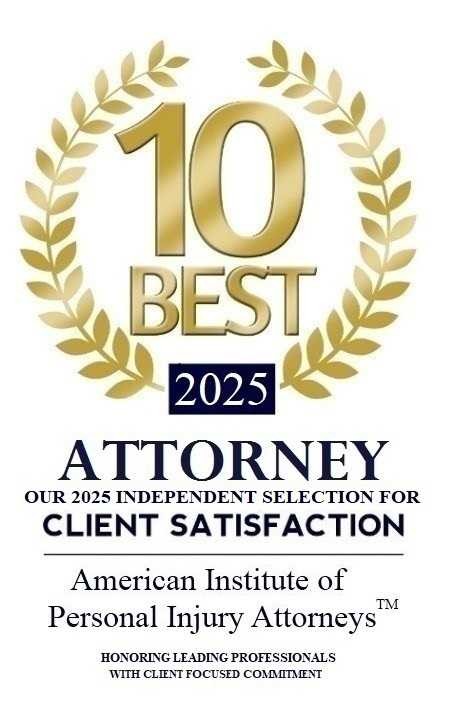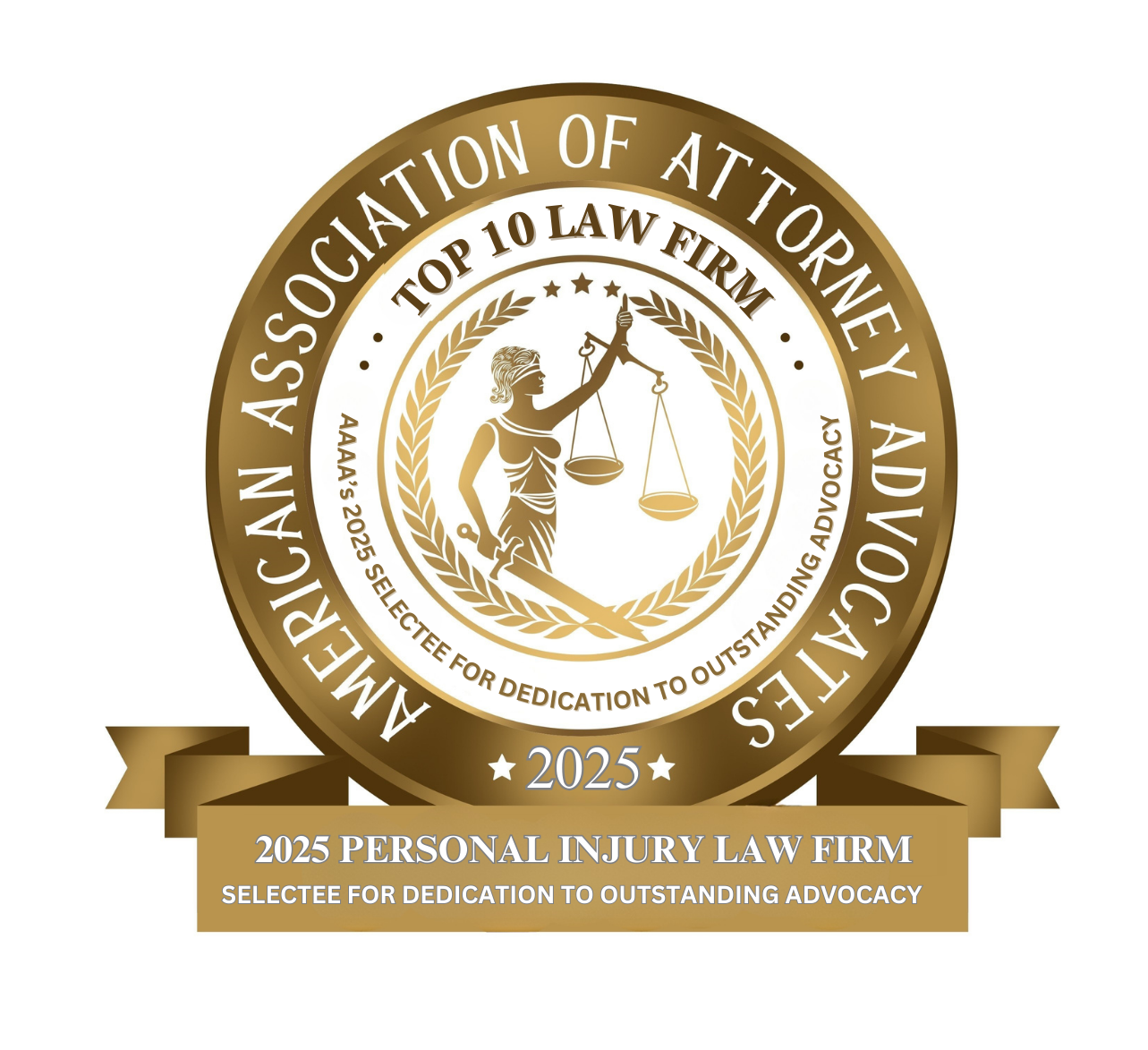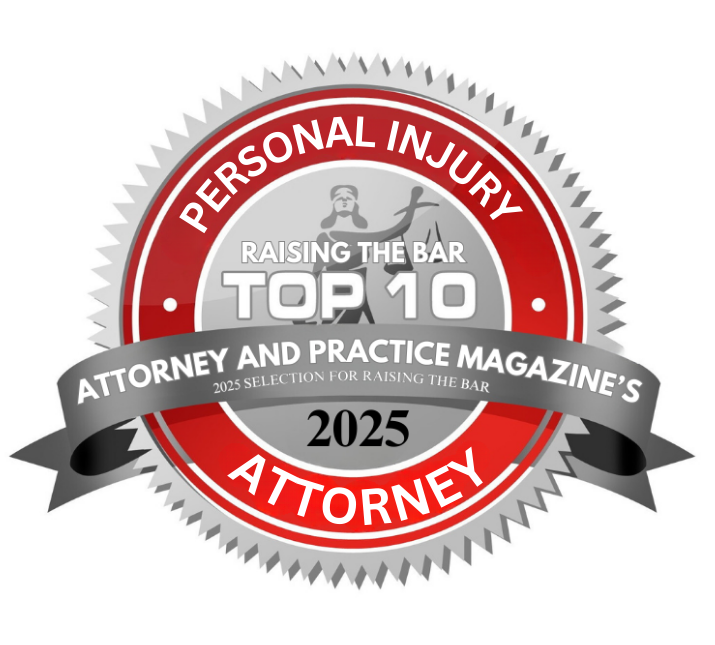Understanding Government Star Ratings for Nursing Homes in Illinois
Experienced Illinois Nursing Home Abuse Attorneys Discuss How To Choose A Nursing Home
If you are considering a nursing home in DuPage County, Will County or Kane County, a nursing home’s Medicare star rating is a quick and simple way for you to judge whether or not to place a parent, grandparent, or loved one into a given facility for long-term or short-term care.
But what does a star rating tell you? Sometimes, even a nursing home that has earned a high overall star rating may have scored fewer stars based on recent health inspections. Recent incidents, such as falls or bed sores, that reflect on the quality of a nursing home’s more recent health and safety record, should be investigated further, despite the facility having an overall high rating. A lapse in the quality of care may inform you of potential issues in staffing or a recent incident of neglect. What about a nursing home with a low overall star rating? Low star ratings are given to nursing homes that repeatedly provide below average care, based on inspections and other data, such as confirmed evidence of abuse and neglect. You should exercise caution before ever choosing a nursing home with a below average, or much below average, star rating.

Medicare provides star ratings for every nursing home in Illinois. Most, however, receive only average or below average ratings.
If you are looking into placing a loved one into a nursing home, you undoubtedly have questions about how the government “star rating” associated with a given nursing home is awarded. The star ratings from Medicare reflect a nursing home’s overall rating, as well as its individual category ratings based on recent health inspections, staffing, and quality measures. The overall rating is based on the data collected by Medicare, including inspections. The health inspection star rating is based on a nursing home’s weighted score from recent health inspections. More stars can mean fewer health risks for residents. The staffing star rating is assigned by Medicare based on nursing homes’ staffing hours per nursing home resident. Thus, the more RN’s, LPN’s, and CNA’s at a given nursing home, the greater the star rating. A higher rating means a better level of staffing per resident. Finally, the quality measures star rating is based on clinical data from numerous factors, and the more stars means a better quality of care at that particular nursing home.
CMS created the 5-star quality rating system to help consumers, their families, and caregivers understand and compare nursing homes to identify which nursing home may be best. Nursing home star ratings are updated approximately every six months. Not all nursing homes will receive a 5-star rating. Only the top 10% of nursing homes with the lowest health inspection scores will receive a 5-star rating. Most nursing homes, approximately 70%, will receive a rating of 2, 3, or 4 stars while approximately 20% of nursing homes will receive a 1-star rating.

Choosing the right nursing home for an elderly loved one is a difficult decision. In addition to looking at star-ratings, consider asking if there have been any recent reports of investigations or citations for safety violations by IDPH.
The Center for Medicare and Medicaid Services (CMS) has developed a star rating system, referred to as “Nursing Home Compare.” The data is provided as a service to the public. The information provided on Nursing Home Compare from four key sources: (1) the Centers for Medicare and Medicaid Services (CMS) Health Inspection Database, (2) the Payroll Based Journal (PBJ) system; (3) a national database of residential clinical data known as the “Minimum Data Set” (MDS), and (4) Medicare Claims Data.
CMS’ Health Inspection Database: The CMS database includes nursing home characteristics and health deficiencies that were noted in the three most recent state inspections, and based on recent complaint investigations from individual incidents at the nursing home. Important information on health inspections, fire safety, and penalties issued to various nursing homes is included in this data.
Payroll Based Journal (PBJ) System: The PBJ systems allows nursing homes to electronically submit the number of hours staff are actually paid to work on a given day. This information includes the hours of registered nurses (RN’s), licensed practical nurses (LPN’s), and certified nurse aids (CNA’s), along with medication aids and nurse aids who may be in training. Because staffing is directly correlated with nursing home safety, information from the PBJ system can directly correlate to a nursing home’s star rating.
The Minimum Data Set (MDS) National Database: Data measuring the quality of resident care at a nursing home comes from the MDS database, an assessment that is regularly done on every resident in a Medicare or Medicaid certified nursing home. Information is collected about each resident’s health, physical function, mental status, and general well-being. This data is regularly used by the nursing homes to assess its resident’s needs, and to develop a plan of care. Important information, including quality of resident care, staffing, and census data comes from this database.
Medicare Claims Data: CMS uses billing information that nursing homes and hospitals generate and submit to Medicare for payment purposes in order to identify when hospitalizations and nursing home admissions are taking place. Data on readmission rates, emergency room visits, and discharges help to establish the star rating for the quality of resident care at a given facility.
Overall Ratings: What information is included among the data that is collected? For short stay residents, data showing that residents were re-hospitalized after a nursing home admission, or who had an emergency room visit, will reflect negatively on the nursing home’s rating. Other data considered includes incidents in which residents developed pressure ulcers, or experienced the worsening of bed sores. On the positive side, a nursing home is also judged for the ability of short stay residents to improve their independence, i.e., being able to move around on their own. Nursing homes may be critically evaluated for the prevention of pneumonia and fall downs.
For long stay residents, the number of hospitalizations or emergency room visits is similarly important. Similarly, scrutiny is given to incidents in which a resident may have developed a pressure ulcer, or urinary tract infection, or have experienced a fall down. Pneumonia prevention is also evaluated. Long stay residents who may have been physically restrained, or experienced loss of control of their bladder, or gained too much weight during their stay is also evaluated. Finally, residents who developed depression, or require anti-anxiety medications, may also reflect upon individual nursing home’s quality rating.
Relying on all of the data collected through the various methods as discussed above, a nursing home star rating is calculated. A star rating for an individual measure may not necessarily be reflective of a nursing home’s overall star rating.
Health Inspections
Health Inspection Rating: Some of the most important information about an individual nursing home comes from inspections. Health inspections, which occur once per year, look for compliance with federal Medicare and Medicaid regulations, with the goal to generally improve the health and safety of residents. Throughout the year, a nursing home may also be inspected based on an individual complaint submitted by a resident or other individuals or based on a facility self-reported incident. If inspectors find non-compliance, the facility receives a citation that indicates the specific federal regulation that was violated, and the level of harm that was experienced by one or more of the residents. Nursing homes are then required to implement a plan to correct non-compliance. In some cases, CMS imposes enforcement action, such as civil penalties, or denial of payment, in order to incentivize swift remediation of non-compliance and to deter future non-compliance.
Health inspection star rating calculations are made based on citations identified at each of the nursing home’s three most recent standard health inspections, as well as citations identified on any individual complaint or facility-reported investigations over the past three years. Points are assigned for each citation given and are based on how wide-spread or how severe the issue may be. CMS calculates a total inspection score for each nursing home. Note that a lower health inspection score corresponds to fewer citations. CMS totals the points from all surveys, but places the most emphasis on the most recent inspections. A nursing home star rating is then assigned using the following criteria:
- The top 10% of nursing homes with the lowest health inspection scores in each state get a health inspection rating of 5 stars
- The middle 70% of nursing homes get a rating of 2, 3, or 4 stars with an almost equal number of nursing homes in each rating category
- The bottom 20% get a 1-star rating.
Nursing homes recently cited for abuse will have a red hand icon, warning you of problems at the facility.
Fire safety inspections are also part of compliance, and thus, can affect a nursing home’s star rating. CMS relies upon state governments to assess facilities for compliance with the National Fire Protection Association (NFPA). In addition, emergency preparedness inspections may also affect a nursing home’s rating in the event of non-compliance.
Staffing
Staffing Rating: Staffing ratios will also be considered in a nursing home’s star rating. Calculations of the ratio of nursing staff hours to residents in a given calendar quarter are calculated. The resulting ratios are displayed on the nursing home compare report, along with a star rating that reflects the registered nurse hours per day and total staffing hours per day, including RN’s, LPN’s, and nurse aids. A 1 to 5 rating is assigned according to thresholds established in several categories, and these ratings are then combined to assign an overall staffing rating. For example, to get an overall staffing rating of 5 stars, a nursing home must earn a rating of 5 stars for both RN and total staffing. Nursing homes may also be assigned a 1-star rating if they do not have an RN on site every day, or do not submit staffing data or provide data that cannot be verified.
Quality
Quality Rating: The star rating, measuring the quality of resident care, is based on 17 quality measures (a subset of the 30 quality measures reported on the nursing home compare report). The three quality of resident care ratings emerge from this data: (1) a short stay quality measure rating, (2) a long stay quality measure rating, and (3) an overall quality measure rating. CMS calculates ratings for quality measures based on the foremost recent quarters for which data are available. Nursing homes receive points based on how they perform on each measure with some measures weighted more than others.
Penalties
Penalties issued to a nursing home are shown on the Nursing Home Compare. Civil money penalties are monetary fines that CMS may give a nursing home based on citations identified during an inspection. The size of a penalty is determined primarily by the size and severity of the citation. Denials of payment are another type of penalty. When CMS issues a denial of payment, it withholds payments to a nursing home.
For additional information, see: https://www.medicare.gov/nursinghomecompare/Data/About.html#dataSource
If you or a loved one have suffered from neglect or abuse in a nursing home, we invite you to contact John J. Malm and Associates Personal Injury Lawyers for a free case evaluation to discuss your legal options. We are an experienced team of Illinois nursing home abuse and neglect lawyers based in Naperville and St. Charles. We are dedicated to holding nursing homes accountable when elderly residents are mistreated or neglected.
Contact the Top-Rated Illinois Nursing Home Abuse Attorneys at John J. Malm & Associates
John J. Malm & Associates is an experienced personal injury law firm representing individuals and families who have suffered an injury or loss due to an accident. You may be entitled to a substantial settlement if you have been injured. Call 630-527-4177, or 630-524-2323 and speak with Attorney John J. Malm and his team of experienced nursing home negligence lawyers today.















